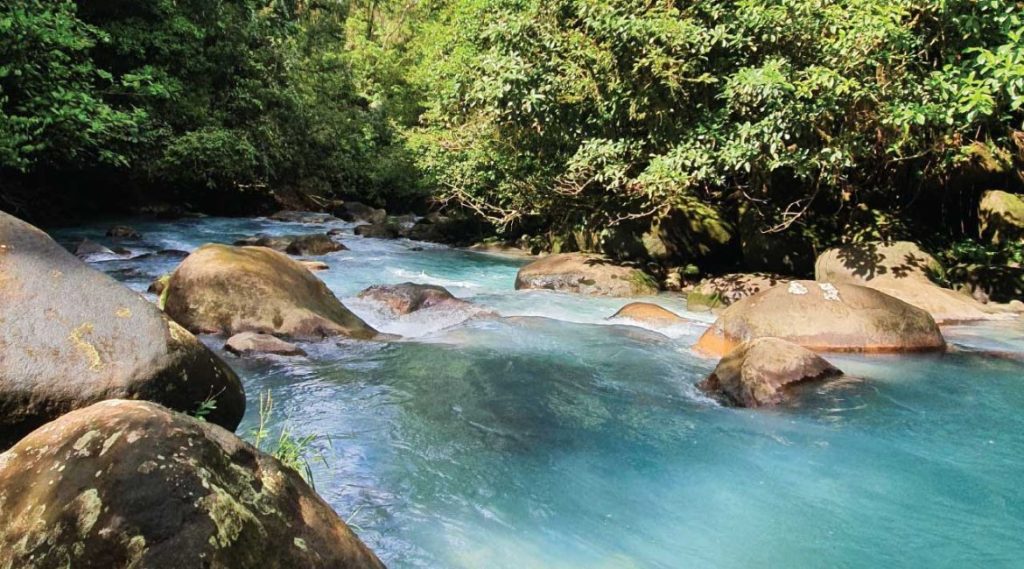In the lush landscapes of Costa Rica, a shift is occurring, drawing eco-tourists away from well-trodden paths to the emerging hotspots of Upala, Los Chiles, and the Southern Zone. These areas, including Bijagua, Caño Negro, Los Santos, Golfito, Puerto Jiménez, and San Vito, are gaining momentum as the new beacons of sustainable tourism, offering a blend of nature, adventure, and cultural immersion that promises to redefine vacationing in Costa Rica.
The Unveiling of New Eco-Tourism Jewels
Under the spotlight for their remarkable natural beauty and commitment to sustainability, these regions have been dubbed the “new jewels” of national tourism by Rodolfo Lizano, the director of Planning and Development at the Costa Rican Tourism Institute (ICT). Local tourism chambers echo this sentiment, noting a significant uptick in visitors drawn by the unique and sustainable experiences these areas offer.
A Strategic Shift Towards Sustainable Development
Since 2017, the ICT has been spearheading comprehensive management programs aimed at promoting these destinations. Plans are underway to publish strategic development blueprints for Bijagua, Caño Negro, Coto Brus, and Dominical, outlining a future where eco-tourism and cultural authenticity reign supreme.
The Allure of the North and South
The allure of these regions lies in their ability to offer something for every eco-tourist. From sport fishing and bird watching to nature treks and indigenous reserve visits, the diversity is staggering. The recent infrastructure improvements, including road upgrades and airport renovations in Liberia, further facilitate access to these eco-paradises, attracting a global audience.

The Challenges of Growth
Despite the increasing interest, these burgeoning tourist spots face hurdles in maximizing their potential. The absence of a coordinated plan for tourism development has been flagged, alongside concerns for preserving the local fauna. However, efforts to innovate and diversify tourist offerings, coupled with a push for greater service quality and sustainability, signal a bright future.
What Makes Each Area Unique?
- Bijagua offers the mesmerizing Celeste River and its waterfalls, nestled between La Fortuna and Guanacaste, making it a haven for nature lovers and bird enthusiasts.
- Caño Negro is renowned for its wildlife refuge, home to an abundance of birds, fish, and other species, making it a prime spot for eco-tours and sport fishing.
- The Southern Zone spans from Los Santos to the Gulf Dulce, featuring everything from coffee farm tours to beach outings, with each locale providing its unique blend of attractions.
A Tapestry of Culture and Nature
These emerging destinations not only promise the thrill of discovery but also offer a deep dive into Costa Rica’s rich cultural tapestry and biodiversity. Whether it’s exploring the indigenous Maleku territory near Bijagua, embarking on eco-adventures in Caño Negro, or immersing in the diverse ecosystems of the Southern Zone, tourists are bound to find their perfect blend of adventure and tranquility.
As Costa Rica continues to pave the way in eco-tourism, these new jewels offer a glimpse into the future of travel, where sustainability, cultural richness, and natural beauty converge to create unforgettable experiences.

